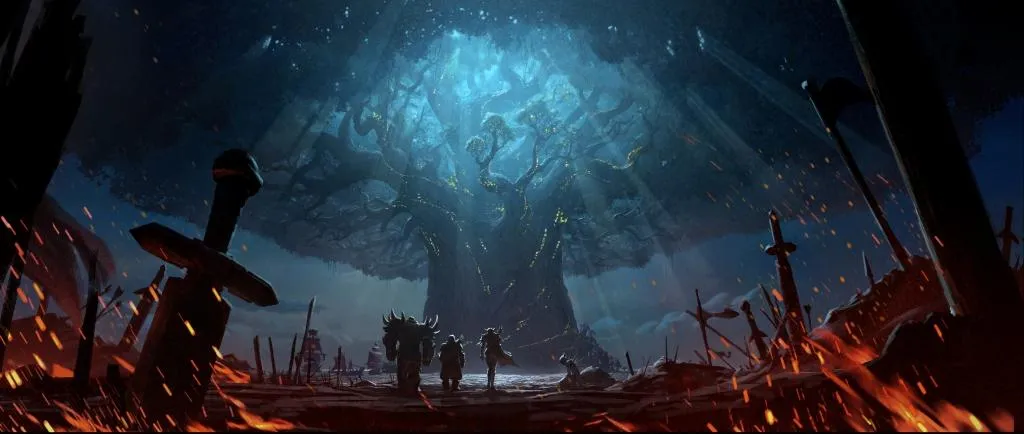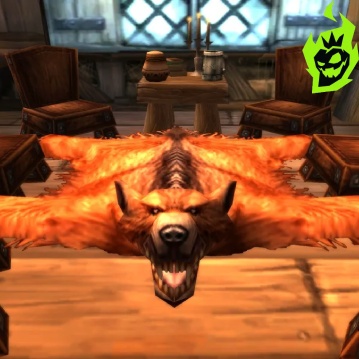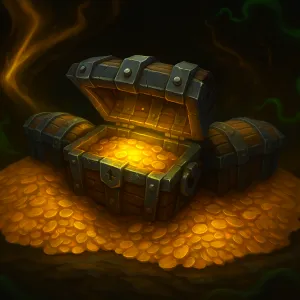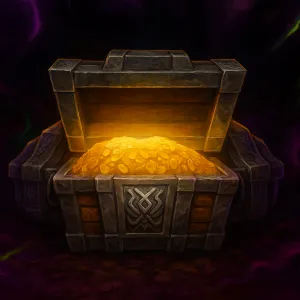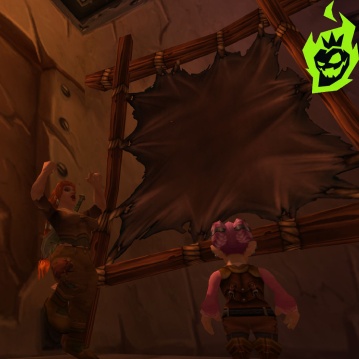WoW Classic Leatherworking Guide
My journey through World of Warcraft Classic has taken me through many professions, and Leatherworking is one of them because of its versatility and usefulness for classes that wear Leather or Mail armor. This craft involves Skinning beasts all over Azeroth and turning those materials into gear pieces, armor kits, and other goodies. I’ve noticed that players who focus on Leatherworking often find themselves with a mix of character progression and gold-making strategies. Below I’ll share leveling tips, specialization quests, and ways to make gold, all based on in-game experiences and community knowledge. I’ll try to clarify the important parts while leaving some discovery in the world of Azeroth.
Leatherworking Basics
Leatherworking is a profession that relies heavily on Skinning, a gathering skill where players remove hides from beasts. Skinners gather Light Leather, Medium Leather, Heavy Leather and more advanced materials like Thick Leather and Rugged Leather as they level up. Each kind of leather is used in many recipes to create gear for Rogues, Druids, Hunters, and Shaman (especially at higher levels when crafting Mail). This profession is interesting because it has a predictable way to gather resources: beasts in Azeroth drop hides, so you don’t have to worry about resource scarcity like in other gathering professions. Skilling up Leatherworking feels more linear, and new crafters can see tangible results without worrying about running out of resources.
Below is a quick reference table for the Leatherworking trainer tiers, showing the maximum skill level each trainer tier allows. These trainers are spread throughout the capital cities and leveling zones for both Alliance and Horde. It’s helpful to gather information on these trainers before you start leveling up from 1 to 300. Meeting the required character levels and skill thresholds will ensure progression without any delays.
| Leatherworking Trainer Tier | Max Leatherworking Skill | Primary Locations |
|---|---|---|
| Apprentice | 75 | Major cities, starter zones (e.g. Elwynn Forest, Mulgore) |
| Journeyman | 150 | Major cities (e.g. Stormwind, Orgrimmar) |
| Expert | 225 | Theramore (Alliance), Thunder Bluff (Horde) |
| Artisan | 300 | Hinterlands (Alliance), Feralas (Horde) |
These trainers offer the path from the beginning of Leatherworking to 300. Visiting them at the right time helps players avoid having a surplus of materials and being stuck at skill-level cap. Reaching higher ranks in Leatherworking not only unlocks more recipes but also opens up specializations which give interesting customization options.
Specializing in Dragonscale, Tribal, or Elemental
Leatherworking is not about just collecting materials and creating armor; it also has unique sub-specializations called Dragonscale, Tribal, and Elemental. Each one is for different class roles and gear requirements, offering patterns for different playstyles. I remember how these specializations added flavor to the profession, making the last stretch to 300 more interesting. Characters must be level 40 and 225 Leatherworking before they can start the specialization questlines, so planning ahead saves materials and effort.
Below is a comparison table for each specialization, some target classes and typical recipes they unlock. Pursuing one of these paths will learn unique gear patterns and specialized items that can sell well on the Auction House. Specialization quests often require specific items and in some cases rare pattern drops, so those who prepare ahead of time have an advantage.
| Specialization | Key Targets (Class/Role) | Examples of Unique Recipes |
|---|---|---|
| Dragonscale | Hunters and Shaman (Mail gear focus) | Black Dragonscale Boots, Blue Dragonscale Shoulders |
| Tribal | Rogues, Druids (Leather DPS gear, Devilsaur patterns) | Devilsaur Gauntlets, Devilsaur Leggings |
| Elemental | Leather-wearers with Tank or hybrid roles | Molten Helm, Living Breastplate |
Choosing a specialization is an exciting part of Leatherworking as it locks in unique crafting and gold-making paths. For example, Dragonscale Leatherworkers can craft Mail items, Tribal Leatherworkers can craft Devilsaur Set, and Elemental Leatherworkers craft hybrid gear with spirit or defenses for survivability.
Leveling from 1 to 300
Raising Leatherworking from 1 to 300 is about consistent gathering of hides and leathers, plus some unusual components like Scales or Wildvine for higher level recipes. Collecting resources in zones that match your character’s level helps you keep up with skill progression. RNG rarely screws up leather gathering so you can estimate how many materials you need with decent accuracy. Focusing on synergy between Skinning and Leatherworking is a powerful approach, checking recommended skinning routes for beasts usually yields the fastest way to fill up on any required type of leather.
Below is an example table showing skill ranges and example crafts to make. These are not the only way to level, but give a rough idea of how recipes line up with certain skill brackets. Actual materials may vary depending on Auction House prices and personal decisions about gear usage or vendor recipes.
| Skill Range | Example Crafts | Primary Materials |
|---|---|---|
| 1-75 | Light Leather Armor, Handstitched Leather Cloak | Light Leather, Coarse Thread |
| 75-150 | Fine Leather Belt, Dark Leather Boots | Medium Leather, Fine Thread |
| 150-225 | Heavy Leather Ammo Pouch, Nightscape Headband | Heavy Leather, Silken Thread |
| 225-300 | Thick Armor Kit, Rugged Armor Kit, Various Specialization Gear | Thick Leather, Rugged Leather, Extra components (Scales, etc.) |
These give a rough idea of how the leveling process goes. Focusing on low-level crafts that give steady skill-ups is wise in the early stages, advanced levels may require specific patterns or special materials. Monitoring the Auction House for bargains helps you gather supplies cheaper, but relying on your own Skinning usually results in less gold sink.
Gold-Making Opportunities with Leatherworking
Some see Leatherworking as just a way to gear up their character, but there is a strong gold-making aspect to this profession. Crafting high-demand items or twink gear and selling them in the Auction House is a popular approach. Items like the Devilsaur Set have a reputation for being pre-raid BiS for certain melee classes, so level 60 players have steady demand. Specialized gear for lower-level PvP brackets also gets attention from twink enthusiasts looking for that extra edge in Warsong Gulch. Here is a short list of profitable Leatherworking creations and items that often have steady interest from buyers:
- Devilsaur Gauntlets and Devilsaur Leggings – Wanted by Rogues and DPS Druids, especially at level 60.
- Deviate Scale Belt – Twink favorite for level 19 agility-based characters, frequently seen in Wailing Caverns drops.
- Armor Kits (Rugged or Thick) – Straightforward items that many players use to improve gear stats without huge costs.
- Dragonscale Mail Items – Wanted by Hunters and Shaman, often requires resources like Worn Dragon Scales from higher-level dragonkin in Sunken Temple or open-world dragons.
- Elemental Leather Gear (Molten, Living sets) – Offers specialized stats for hybrid classes, sometimes popular in niche builds.
Offer these in trade chat or at the Auction House and you can get decent gold. Devilsaur pieces especially get attention when a fresh batch of players is completing their level 60 gearing. Twinks searching for the Deviate Scale Belt or other unique items may pay premium prices if supply is limited. Monitoring supply-demand cycles, especially during peak leveling periods or battleground weekends, helps you maximize your gold.
Thanks for reading my WoW Classic Leatherworking article. There’s more to Leatherworking than just crafting gear. It gives you insight into specialization paths, high-demand sets and synergy with Skinning. Mastering Leatherworking from 1 to 300 is about knowing trainers, understanding how beasts drop hides and making strategic specialization choices. Earning gold along the way through popular items or twink gear sales is just extra fun. My own journey through these tiers had many moments that shaped my in-game experience and I hope this helps you with your own Leatherworking adventures in Azeroth.
